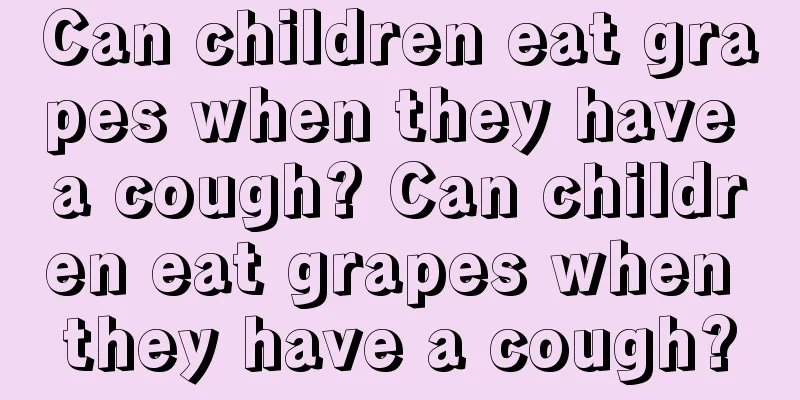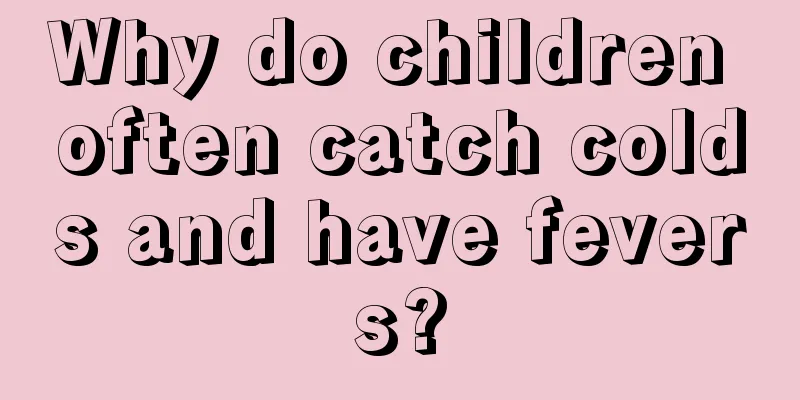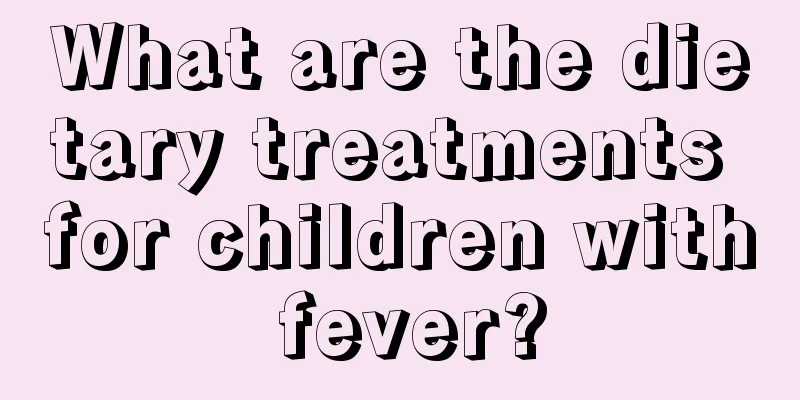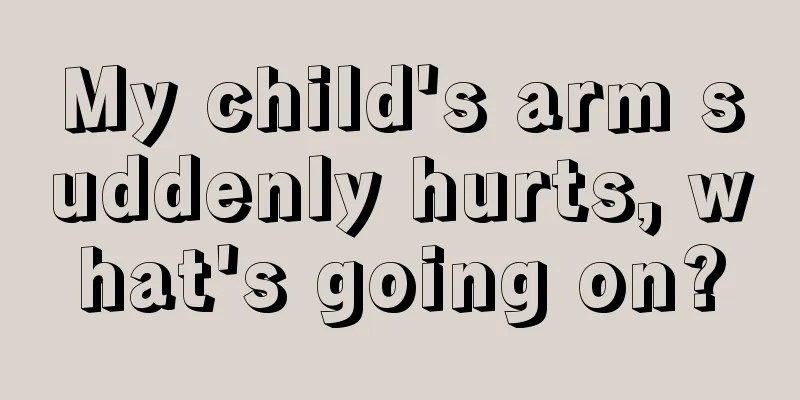Small pimples on the tongue

|
Hand, foot and mouth disease is a very common disease, especially in younger children. Its symptoms are mostly manifested as ulcers, redness and swelling in the hands, feet and mouth and other parts, and may even be accompanied by low fever, dizziness, chest tightness and other symptoms. Therefore, when you find small bumps on your child's tongue, you must not take it lightly and be alert to the possibility of hand, foot and mouth disease. Hand, foot and mouth disease is an infectious disease caused by enterovirus. There are more than 20 types of enterovirus that can cause hand, foot and mouth disease, among which Coxsackievirus A16 (Cox A16) and enterovirus 71 (EV 71) are the most common. It mostly occurs in children under 5 years old, with symptoms such as mouth pain, anorexia, low fever, and small blisters or ulcers on the hands, feet, mouth, etc. Most children recover on their own in about a week, while a few children may develop complications such as myocarditis, pulmonary edema, and aseptic meningoencephalitis. The condition of some seriously ill children progresses rapidly, leading to death. Currently, there is a lack of effective treatment drugs and the main treatment is symptomatic. Causes There are several enteroviruses that can cause hand, foot and mouth disease. The most common are coxsackievirus A16 and enterovirus 71. The infection routes include the digestive tract, respiratory tract and contact transmission. Clinical manifestations Hand, foot and mouth disease mainly occurs in children under 5 years old. The incubation period is usually 2 to 10 days, with an average of 3 to 5 days. 1. Common symptoms Acute onset, fever, mouth pain, anorexia, scattered blisters or ulcers on the oral mucosa, mostly located on the tongue, buccal mucosa and hard forehead, and may also affect the soft palate, gums, tonsils and pharynx. Maculopapular rashes appear on the hands, feet, buttocks, arms, and legs, and later turn into herpes. There may be inflammatory red halos around the herpes, and there is less fluid in the blisters. There are more of them on the hands and feet, and on the back of the palms. The number of rashes ranges from a few to dozens. It fades away without leaving any traces or pigmentation. Some cases only present as rash or herpangina. Most patients recover within a week and the prognosis is good. In some cases, the rash may be atypical, such as appearing in a single area or only as maculopapular rash. 2. Symptoms of severe cases In a few cases (especially those under 3 years old), the disease progresses rapidly, with meningitis, encephalitis (brainstem encephalitis is the most dangerous), encephalomyelitis, pulmonary edema, circulatory disorders, etc. occurring within 1 to 5 days of onset. In very rare cases, the condition is critical and can lead to death, and survivors may have sequelae. (1) Neurological manifestations when concurrent central nervous system diseases occur: poor spirits, drowsiness, irritability, headache, vomiting, delirium or even coma; limb tremors, myoclonus, nystagmus, ataxia, eye movement disorders; weakness or acute flaccid paralysis; convulsions. Physical examination revealed signs of meningeal irritation, weakened or absent tendon reflexes, and a positive Babinski sign. Central nervous system symptoms are more common in children under 2 years old. (2) Respiratory system manifestations of pulmonary edema: shallow breathing, difficulty breathing or change in rhythm, cyanosis of the lips, cough, coughing up white, pink or bloody foamy sputum; moist rales or sputum sounds can be heard in the lungs. (3) Circulatory system manifestations of concurrent myocarditis: pale complexion, skin patterns, cold limbs, cyanosis of fingers and toes, cold sweats, and prolonged capillary refill time. The heart rate increases or decreases, the pulse becomes shallow or weak or even disappears; the blood pressure increases or decreases. |
<<: What is Kawasaki disease in children?
>>: What to do if your child falls and gets a bump on his head
Recommend
The gap between the front teeth of the child is large after the replacement of teeth
Our teeth are neatly arranged one next to the oth...
Premature baby care routine
Babies who are born before their full term are ca...
What is the method to remove freckles in children?
Children are the hope of their parents. Every par...
What is the dosage of antelope horn powder for children?
Antelope horn powder actually has a relatively hi...
Six breakfast foods to keep your child nutritious
Breakfast nutrition is the basis of the day, so i...
Should I feed my newborn baby when he is hungry?
Many parents think that babies should not be spoi...
Why do babies get paronychia?
Paronychia is a disease caused by bacterial infec...
How to identify baby's laryngeal softening
Most people may not be particularly aware of the ...
Can young children eat pomegranates?
Pomegranate is a fruit that tastes sour and can h...
How old is it normal for a baby not to drink milk powder?
In fact, it is harmless for babies to drink milk ...
What is the diagnosis of pulmonary stenosis in infants?
When pulmonary valvular stenosis is mild, there a...
Is it good for children to take probiotics?
Probiotics are delicious for children, but they a...
The dangers of picking ears in children
Many parents like to clean their children's e...
What is missing when a child sleepwalks?
Many people think that sleepwalking is a scary th...
White spots in newborn's mouth
Usually, we get oral ulcers when our mouths are i...









